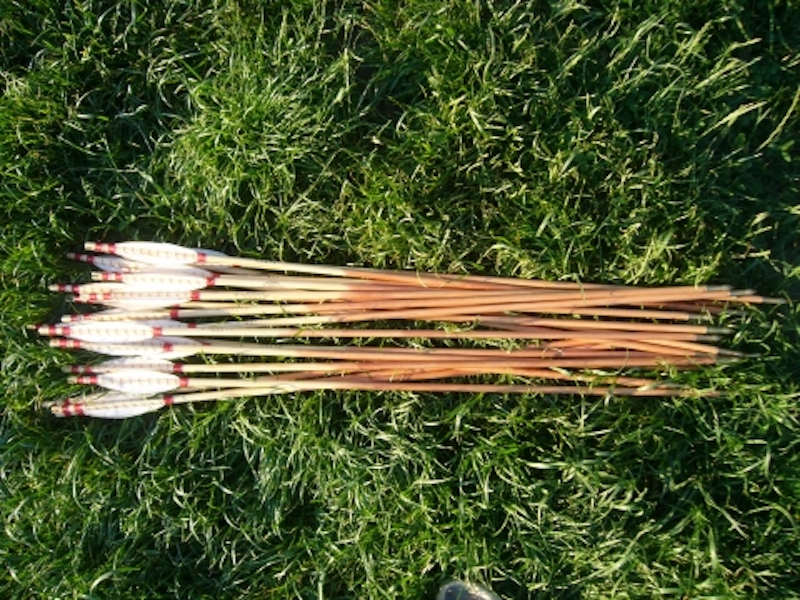Forget finding a needle in a haystack. Have you tried finding an arrow in the grass?
Arrows that “snake” into the grass can seem impossible to find and prove expensive to replace. In fact, searching for them compounds the humiliation of missing the target. But everyone can miss, especially when shooting at backyard targets or competing in field archery tournaments.
“If you’re a field archer, you’ll usually walk out of the tournament with an archer’s dozen, which is 11 arrows instead of 12,” said Brian Sheffler, president of the National Field Archery Association.
Take Preventative Measures

If you have a backyard setup, you can reduce those losses with some simple steps. To start, keep your lawn short. The taller the grass, the tougher it is to find missing arrows. The shorter the grass beyond the target, the more likely the arrow will stand out.
Next, if possible, place your targets in front of backdrops, like the base of an incline. Even slight uphill slopes can prevent arrows from flying far. Third, if you miss the target, stop shooting and start looking. Your best chance for locating arrows is when the shot is fresh in your mind.
“Think of it like a golf ball,” Sheffler said. “Spot the last place you saw your arrow when it missed the target.”
Arrow color also makes a big difference. Avoid dark colors like green, brown or black, which blend with the terrain. Blues, pinks and whites are much easier to see.
Barefoot Method
Walking barefoot through the grass behind the target is a great way to feel for arrows. Only try this method if the lawn is soft lawn and you weren’t using broadheads. You’ll also skip this trick, of course, in cold weather and when snow covers the ground.
Grab a Rake
Rakes are effective tools for finding lost arrows. Start right behind the target and work your way downrange. Rake perpendicular to the direction you were shooting. If you don’t have a rake, try the same tactic with a ski pole or broomstick handle.
“At many field archery tournaments, I’ve seen people use what looks like a long paint roller with the end of it cut down,” Sheffler said. “They’ll use a metal detector (to zero in based on sound), and then rake to locate the arrow.”
Metal Detector
A metal detector is more expensive and less common than a rake, but it’s the best way to recover arrows. It must be high-powered, however, because most arrows are made of carbon. Their only metal is on the tip and nock.
If you lose an arrow at a field tournament, the organizer might have a metal detector ready to deploy. Lost arrows are so common that organizers have systems for finding them, especially if other sporting events use the venue.
“Organizers ask archers to keep the tournament going by reporting the target where the arrow was lost,” Sheffler said. “They keep a list and, at the end of the day when the range is closed, they go out and start looking for arrows with heavy-duty metal detectors.”
If you use a metal detector on a range, expect to find buried treasure, but it might not be yours. “Don’t be surprised if you come back with a dozen arrows, and none of them are yours,” Sheffler said.
With these tips and a little luck, you’ll keep your quiver full. If not, don’t despair. A lost arrow here and there is a small price to pay for a fun day at the range.








